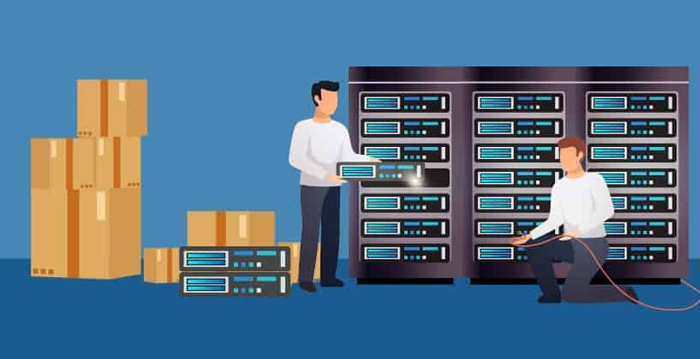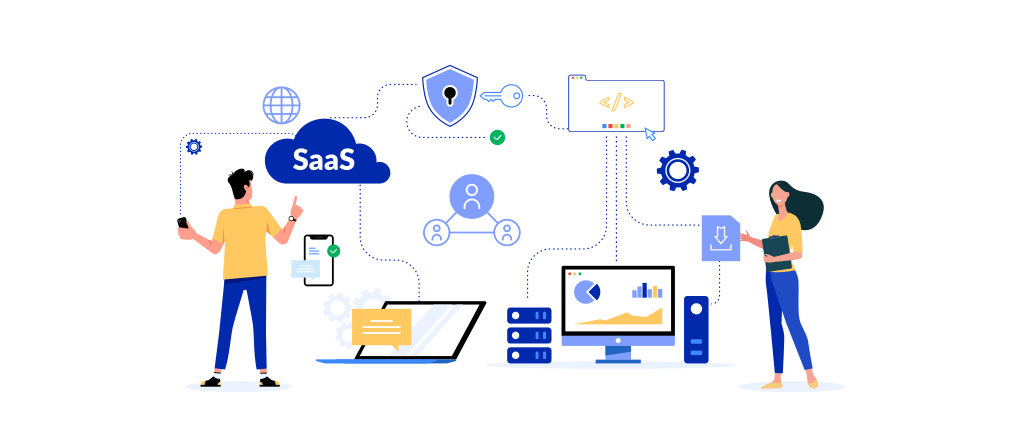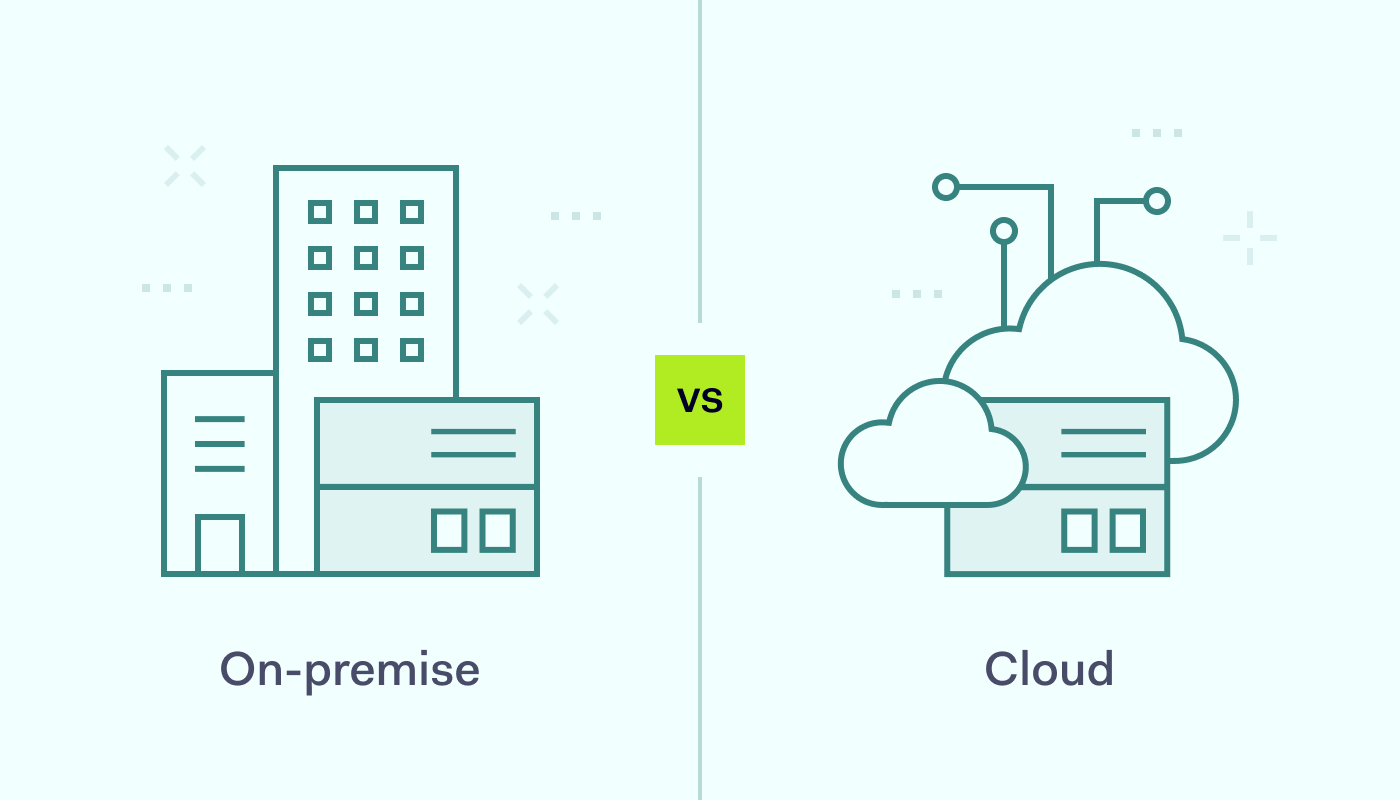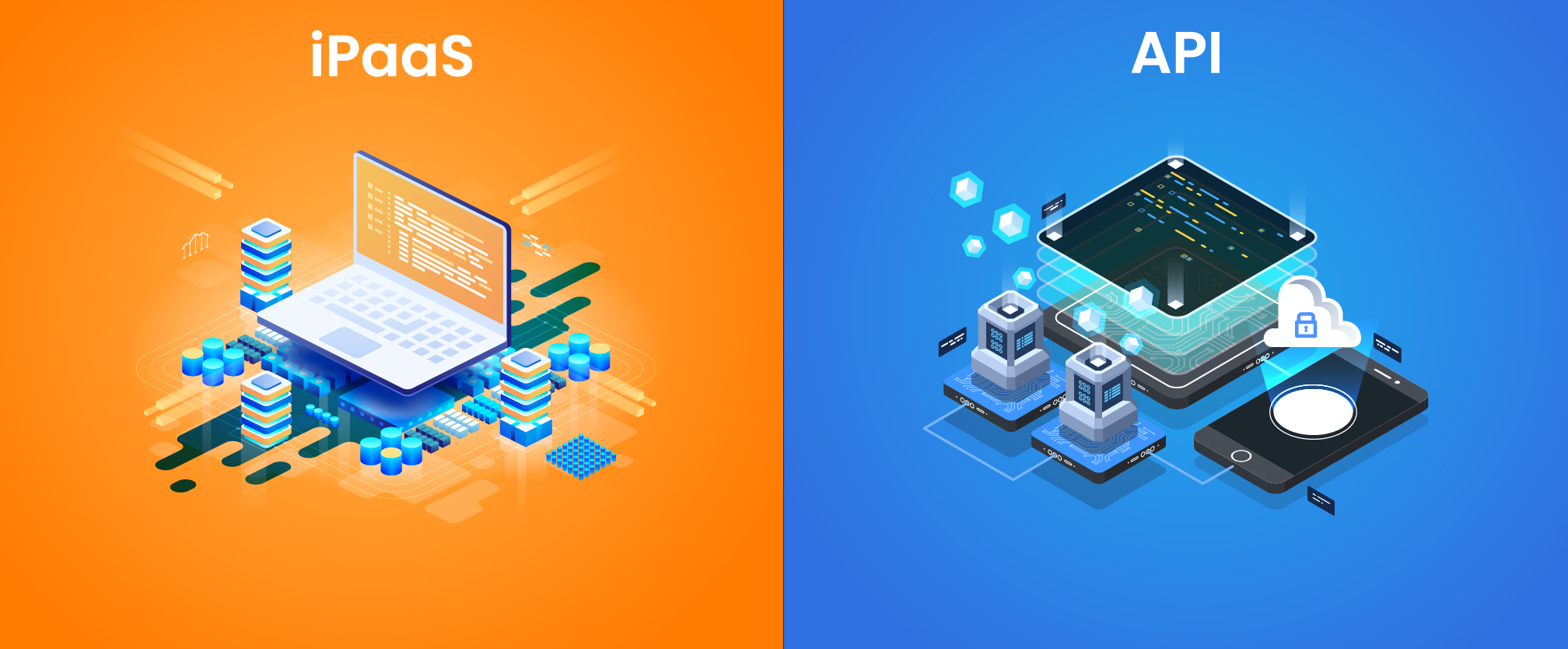Deciding between on-premise and SaaS solutions is crucial for businesses aiming to optimize their operations and drive growth. On-premise offers control and security, suited for those with specific regulatory needs or customization demands. SaaS, on the other hand, provides scalability and cost efficiency, making it perfect for companies seeking agility and innovation. Let’s take an overview of on-premise vs SaaS solutions to find out options for a business’s unique requirements and strategic goals, making it essential to weigh the benefits of each.
What is an on-premise solution?

On-premise software is installed and runs on an organization’s internal servers, offering complete control over data and infrastructure. This model necessitates direct management of hardware, software licenses, and IT operations, typically involving higher initial costs. It is favored for its enhanced security and customization capabilities, catering to businesses with specific regulatory compliance or data privacy needs.
What is a SaaS Solution?

Software as a Service (SaaS) is a cloud-based delivery model where software applications are hosted and maintained by a third-party provider and accessed over the internet by users. This model allows for ease of access from any device with an internet connection, offering scalability and a subscription-based payment structure. SaaS eliminates the need for organizations to install, update, or maintain software and hardware, providing a cost-effective and flexible solution. It is ideal for businesses seeking minimal upfront costs, predictable operating expenses, and the ability to scale services according to demand.
On-premise vs SaaS Market size
The on-premise software market is set to expand significantly, with revenues projected to reach $698.80 billion in 2024. Enterprise software is the largest segment, expected to hit $292.00 billion in the same year. The market is forecast to grow at an annual rate of 5.27% from 2024 to 2028, reaching $858.10 billion by the end of the period. The United States will generate the most revenue, with $353.50 billion expected in 2024.
Besides, the Software as a Service (SaaS) market is projected to experience substantial growth over the next few years. In 2024, the SaaS market revenue is expected to reach $282.20 billion. This market segment is anticipated to grow at an annual rate of 7.33%, leading to a total market volume of $374.50 billion by 2028. Additionally, the average expenditure per employee on SaaS products is forecast to be $80.44 in 2024. The United States is set to dominate this sector, with revenues projected to be around $150.7 billion in 2024, indicating its significant role in the global SaaS market.
Key features of On-premise vs SaaS Solutions
On-premise solutions prioritize control and customization, making them ideal for compliance-heavy industries. SaaS focuses on accessibility, scalability, and cost-efficiency, suitable for businesses seeking flexibility and lower upfront costs.
Here’s a comparative table highlighting the key differences between On-Premise and SaaS solutions:
| Feature | On-Premise | SaaS |
| Control and Customization | High (full control) | Limited |
| Initial Costs | High (infrastructure, licenses) | Low (subscription-based) |
| Maintenance | High (requires IT staff) | Low (handled by provider) |
| Scalability | Limited (depends on physical capacity) | High (easy to adjust) |
| Accessibility | In-house only | Anywhere with internet |
| Compliance and Security | High (easier to meet specific standards) | Varies (depending on the provider’s standards) |
On-premise vs SaaS comparison

The choice between on-premise and SaaS solutions depends on a range of factors, including cost, scalability, maintenance, integration capabilities, backup and recovery processes, and the need for security and compliance. Each business must weigh these factors against its specific needs, resources, and long-term objectives to make the best decision.
Cost and Implementation
On-premise solutions require significant upfront investment for infrastructure and licenses, making them costly and time-consuming to implement. SaaS, with its subscription model, offers lower initial costs and faster deployment, appealing to businesses seeking quick and cost-effective setups.
Scalabilities
SaaS solutions excel in scalability, allowing businesses to adjust resources easily without worrying about physical infrastructure limits. On-premise systems, constrained by hardware, demand further investment and time for scaling up, posing challenges for growing businesses.
Maintenance and Support
Maintenance for On-Premise systems necessitates a dedicated IT team, leading to higher ongoing expenses. SaaS offloads maintenance to the provider, reducing the burden on internal IT resources and ensuring users always have access to the latest updates and support.
Integration Capabilities
While On-Premise solutions offer deep, customizable integrations at the cost of complexity and resource investment, SaaS provides easier and more flexible integration with other cloud services, facilitating streamlined operations without extensive IT intervention.
Back up Recovery
On-premise backup and recovery require significant in-house management and resources, offering control at a cost. SaaS includes these services, reducing complexity and cost for businesses and ensuring professional management of data backup and recovery.
Security and Compliance
On-premise solutions give businesses control over security and compliance, suited for industries with stringent regulations but requiring significant security investments. SaaS has evolved to offer robust security features, with providers taking on much of the responsibility for data protection and compliance, easing the burden on businesses.
What option is right for you?
Opting for an on-premise solution offers organizations complete control over their data and IT infrastructure, which is essential for those with stringent security, compliance, and customization requirements. It is ideal for businesses that prioritize data privacy and have the resources to invest in and maintain their IT environment. This model suits companies seeking long-term stability and independence from third-party vendors, providing a tailored solution that aligns closely with specific operational needs and industry regulations.
Besides, opting for a SaaS solution is beneficial for businesses prioritizing cost-effectiveness, ease of use, and rapid scalability. It offers a low upfront cost, quick setup, and outsourced maintenance, making it ideal for startups and growing companies. SaaS enables remote access and seamless updates, facilitating flexibility and operational agility without the need for a complex IT infrastructure.
Bridging the gap between On-premise and SaaS with the HexaSync Integration platform
The HexaSync integration platform is a powerful middleware solution, bridging the gap between on-premise systems and SaaS applications through seamless API connections. By facilitating data integration across diverse environments, HexaSync enables businesses to leverage the best of both worlds: the control and customization of on-premise solutions with the agility and cost-efficiency of cloud-based SaaS applications. It not only streamlines business operations by ensuring consistent data flow and automating processes across systems, even between legacy systems and SaaS applications, but also enhances decision-making and operational flexibility. HexaSync’s capability to connect multiple systems effortlessly makes it an indispensable tool for companies looking to modernize their IT infrastructure without discarding their existing investments in on-premise technology.
Conclusion
In conclusion, choosing between on-premise and SaaS solutions depends on a company’s specific needs and goals. A careful comparison of on-premises vs SaaS’s benefits and limitations is essential to determining the best fit for a company’s strategic direction and operational needs.
If you need to connect your on-premise systems with SaaS software without code knowledge, please feel free to contact us.




